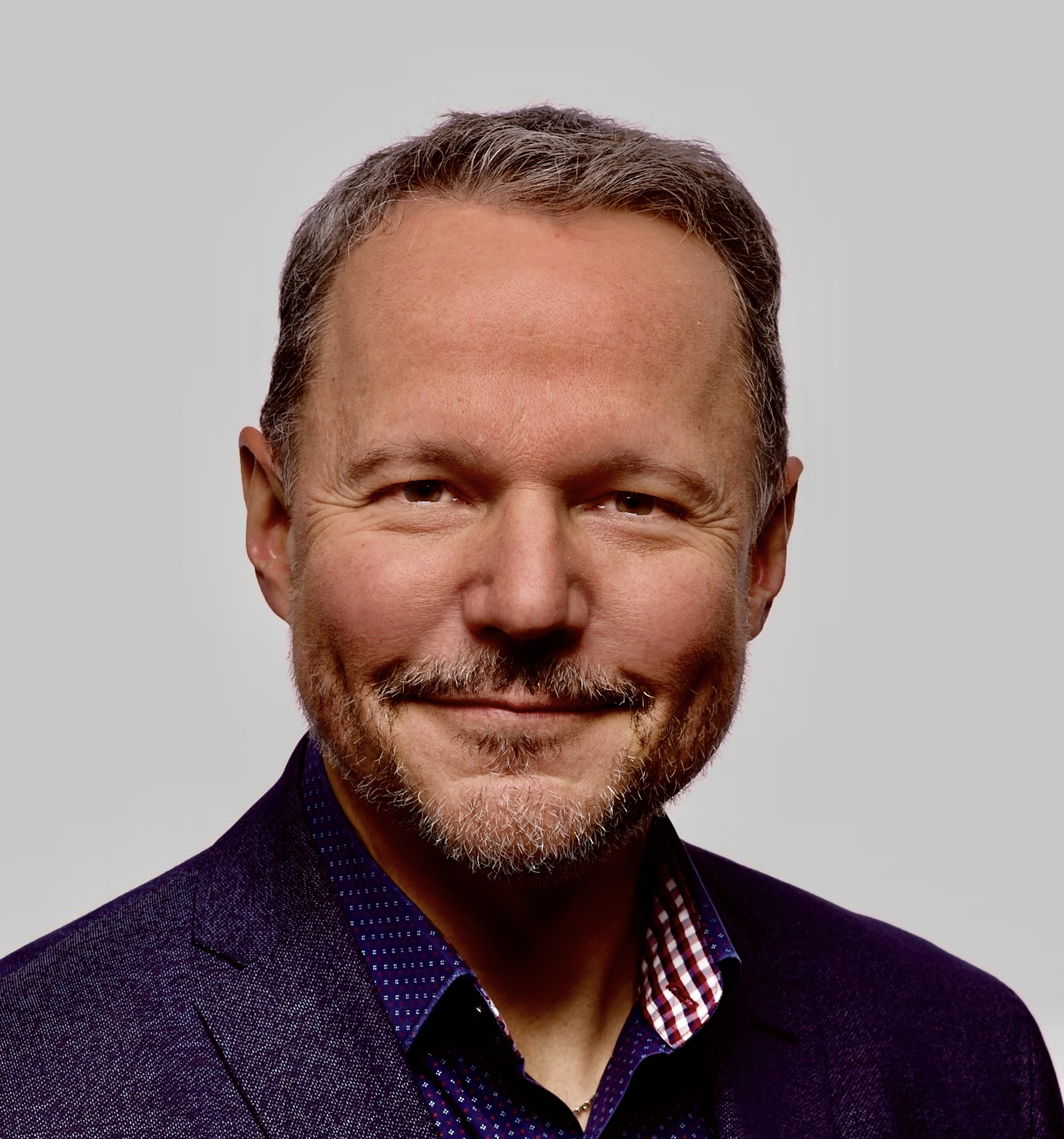Eric Bergeron
Eric Bergeron
Master’s in telecommunications, 1995
CEO and founder, Flyscan Systems

“Like hockey, entrepreneurship is a young person’s sport. You’re not too young to start a business. On the contrary, the younger you are if you experience failure, the more you can pick yourself up and build on that experience to start afresh.”
An engineer by training and a serial entrepreneur, Eric Bergeron holds a master’s degree in telecommunications from the Institut national de la recherche scientifique (INRS). An expert in optical and wireless telecommunications, he has worked his way from Quebec to the United States, via Europe, Asia and the Middle East. A young start-up from the Institut national d’optique (INO), his second company Flyscan Systems took off in 2015 and counts the biggest energy transport operators among its customers with its optical leak detection technology and artificial intelligence software for detecting geotechnical risks. His first company, Optosecurity, served some of the world’s largest airports and was acquired by a Dutch multinational that still has a presence in Quebec City.
Although he didn’t keep in touch with the other students in his cohort, Eric Bergeron remembers being surrounded by brilliant people, “I was a little geek among big geeks,” he sums up. As a fibre optics engineer working for Bell Canada, which was looking to perfect its wireless technology, he benefited from a company programme that offered him the ideal conditions to undertake a master’s degree in telecommunications at INRS-Télécommunications, which was then located at Bell’s facilities on Nuns’ Island in Montreal. He had a stimulating experience there, under the supervision of Professor Gilles-Y. Delisle—then Director of the training and research centre—and the co-supervision of Professor Charles Despins.
During a year of intensive work, which revived his mathematical skills and dusted off his knowledge of differential and matrix equations, his research enabled him to improve his understanding of wireless antenna technologies. “It was difficult, my brain muscles ached at first, but I learned a lot, and it was transformative, both academically and technologically,” he says.
After graduating, he continued his career at Bell for four years before accepting an offer from Telesystem Wireless International (TWI), a Quebec company founded by Charles Sirois, which had a presence on international markets and was then launching its Fido cell phone service in Canada. Wireless expertise was in demand at a time when the mobile Internet was in its infancy, and Eric Bergeron’s work took him to Europe, Asia and South America from 1997 to 2000.
Drawing on his extensive professional network, he then decided to join a start-up based in Washington and the Netherlands. The adventure lasted two years and enabled him to learn the nuts and bolts of setting up a company, from drawing up a business plan and an operating budget to seeking finance, particularly venture capital. It was the collapse of the NASDAQ in 2002 that put an end to the project and prompted him to return to Quebec, where he went on to work for a venture capital fund in optics and wireless at Innovatech. In one year, he learned how to raise funds, set up shareholder agreements and put together a board of directors.
Then he was ready to launch a new start-up based on INO technology, which he says was “looking for courageous entrepreneurs to commercialise its technologies.”
At the end of 2003, in his mid-thirties, he took up the challenge. With airport security systems being upgraded in the wake of 9/11, “Optosecurity was using cutting-edge optical technology to develop a system for detecting explosives and weapons in aircraft baggage,” he sums up. The company raised 38 million dollars in venture capital, “and customers from all over the world, except Canada,” he adds, before being acquired by a Dutch company.
Building on this success, he went on to launch Flyscan Systems, which uses remote sensing technology to detect liquid hydrocarbons, primarily for oil and gas pipelines. The product he developed also has applications for detecting erosion, the condition of vegetation, streams and electricity distribution networks. His company now has around thirty employees and his customers are mainly in the United States, as was the case with his first company, where the customers were mainly in Europe, which surprised him. This time around, there is also interest from customers and investors in Alberta.
To make a difference, and with the benefit of hindsight from a career spanning almost 35 years, he would like to share his knowledge and experience with a new generation of scientific entrepreneurs.
In particular, he would like INRS to incorporate entrepreneurship training into the curriculum of its student community. In his opinion, “fear is a bad advisor.” “Nobody in my family had ever gone into business. My relatives told me I was crazy, that I was going to lose everything,” he recalls. So he advises INRS students to take risks, believe in their ideas, plan ahead and go for it. “Like hockey, entrepreneurship is a young person’s sport. You’re not too young to start a business. On the contrary, the younger you are if you experience failure, the more you can pick yourself up and build on that experience to start afresh,” he concludes.
[Interviewed in September 2023.]
